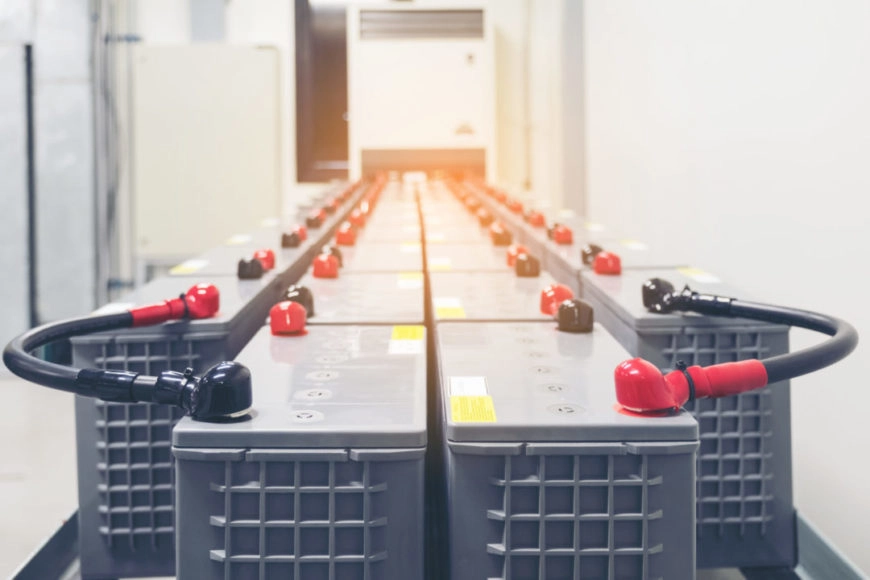Battery rooms are an essential part of many industries, from manufacturing plants to data centers. They house the batteries that provide backup power in case of a grid failure or other emergencies. While battery rooms are crucial for ensuring uninterrupted operations, they also pose potential safety risks. One of the main risks in these environments is the release of hydrogen gas, which can lead to explosions and fires if not detected and managed properly. This is where hydrogen sensors come into play. In this article, we will explore how hydrogen sensors ensure safety in battery rooms and why they are a critical component of any safety plan.
Understanding the Risks of Hydrogen Gas
Hydrogen gas is a byproduct of the charging and discharging process of lead-acid batteries, which are commonly used in many applications. When batteries are overcharged or discharged too quickly, they can produce hydrogen gas, which accumulates in the battery room.
Find the finest hydrogen sensor for your battery room on this website https://www.21-senses.com/battery-rooms/.

Image Source : Google
The Role of Hydrogen Sensors in Battery Room Safety
Hydrogen sensors play a vital role in ensuring the safety of battery rooms by providing early warning of hydrogen gas leaks. These sensors are designed to detect hydrogen gas at low concentrations and trigger alarms or other safety measures to mitigate the risk.
Integration with Safety Systems
Hydrogen sensors are typically integrated into a wider safety system in battery rooms. This system may include alarms, ventilation systems, and emergency shut-off mechanisms to ensure a rapid response in the event of a hydrogen gas leak.
